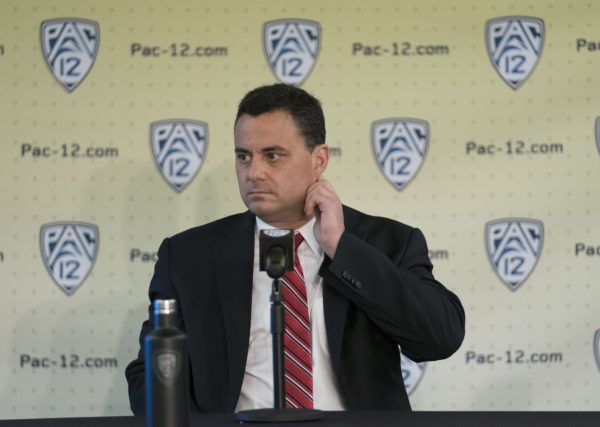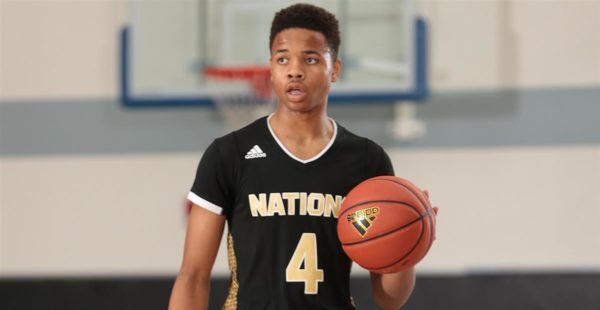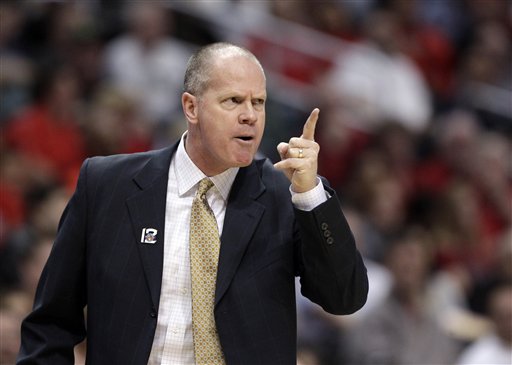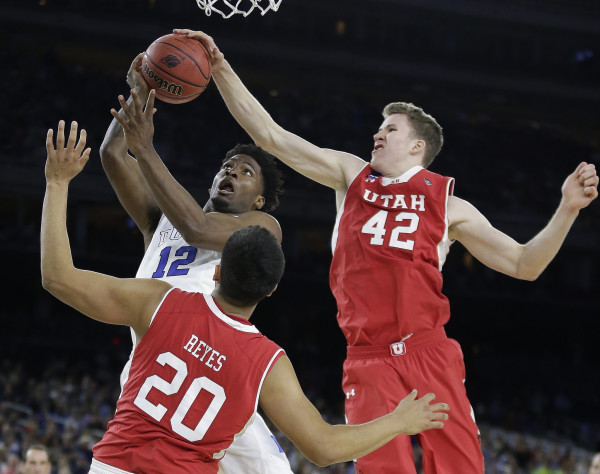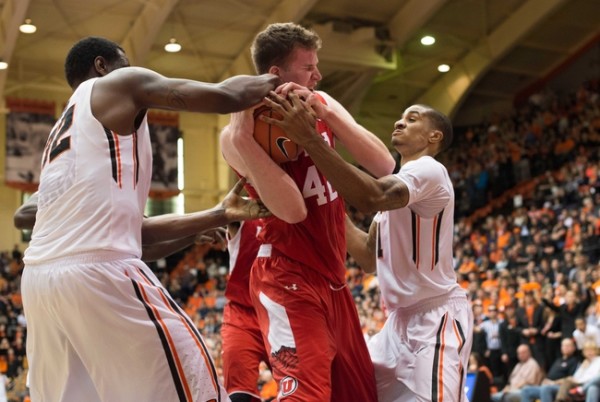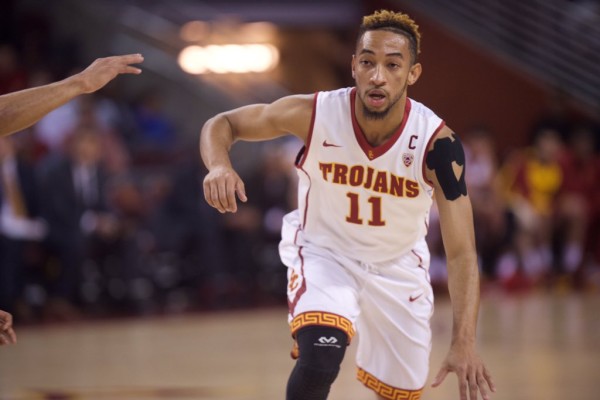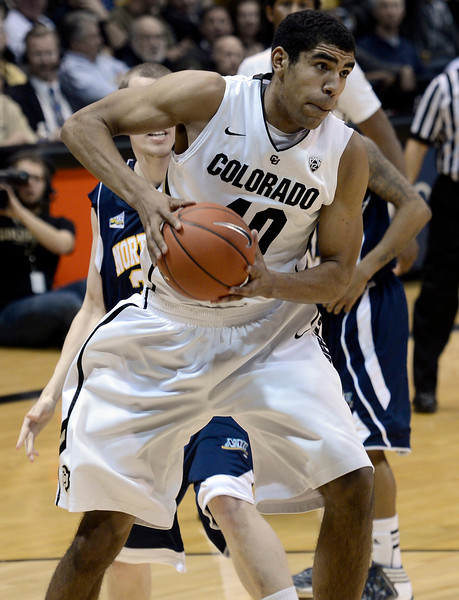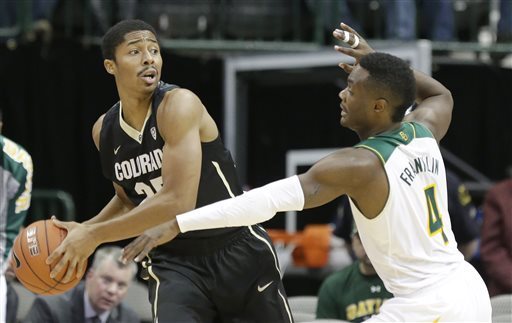2017-18 Pac-12 Big “Ifs”
Posted by RJ Abeytia on November 10th, 2017The Pac-12 has had a starring role in the extracurricular tomfoolery brought to life by the FBI this offseason. Certainly this story has no expiration date on the horizon, but the games are coming and there will be no shortage of intrigue this year in the Conference of Champions. Here are 12 Big Ifs separating each team from its best-case scenario this season.
- Arizona: There is just nowhere else to look when sizing up the Pac-12 favorites. Once Allonzo Trier and Rawle Alkins’ returns were secure, the combination of those two plus the arrival of heralded freshman DeAndre Ayton is just too much top shelf talent, buttressed by an outstanding roster that also includes returning glue guys Dusan Ristic and Parker Jackson-Cartwright along with Ayton’s freshman co-stars Brandon Randolph, Emmanuel Akot and Alex Borcello. If this roster remains intact come March and the FBI distractions don’t do just that, Miller has his best shot at breaking through that Final Four barrier that has stonewalled him to this point in Tucson.
- USC: The Trojans are bringing back 98 percent of their scoring and 96 percent of their rebounding to a team that won two NCAA Tournament games last season. Bennie Boatwright, De’Anthony Melton, Chimezie Metu, Jordan McLaughlin and Alijah Stewart form the only returning starting quintet in the league. Can they improve upon a defense that finished a middling seventh in the Pac-12 in efficiency last season?
- Oregon: The Ducks return the least amount of points, rebounds and blocks of any team in the conference and yet they return the most important piece of their success: head coach Dana Altman. Oregon has top recruits Troy Brown and Victor Bailey, Jr., joining three transfers this season: Paul White (Georgetown), Elijah Brown (New Mexico), and MiKyle McIntosh (Illinois State). If Altman works not just well but quickly then Oregon could be ready in time for Pac-12 contention.
- Stanford: The Cardinal owned the 10th-rated offense in Pac-12 play last year, largely from scoring only 23.5 percent of their points from three-point range last year, a number that makes consistent offense virtually impossible. If Stanford can ascend to just the national average on three-point production this time around, it should be an NCAA Tournament team. Read the rest of this entry »





























